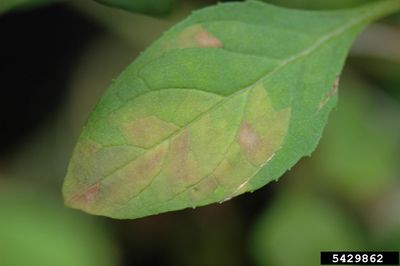Butterfly Bush Problems
Butterfly bushes are truly tough plants and grow well under a variety of conditions. In fact, they grow so well and spread so easily that, in some locations, they are considered invasive. Generally, you’ll experience few problems with butterfly bushes, as long as they are planted correctly. If you find that your bush is not flowering, for example, it probably is not getting enough sunlight. They absolutely must have full sun if you want maximum flowering. You can also avoid many butterfly bush pests and diseases by planting the shrubs in well-drained soil. Waterlogged soil leads to butterfly bush disease problems since the roots will rot.
Butterfly Bush Troubleshooting
If you find your shrubs under attack by butterfly bush pests or diseases, you’ll want to do some butterfly bush troubleshooting. The first step is to check the culture you are providing. Many problems with butterfly bushes relate directly to the care they are receiving. If you offer butterfly bushes adequate water, you’ll see very few butterfly bush problems. However, if you neglect to water the plants during drought conditions, your plants won’t stay healthy for long. One of the first butterfly bush disease problems to appear during dry periods is spider mites, an insect that attacks stressed bushes. Likewise, nematodes – microscopic parasites that live in the soil – prove another of the butterfly bush pests and diseases that can damage the plant, especially in the sandy coastal plain. These bushes thrive in U.S. Department of Agriculture plant hardiness zones 5 through 9, where the temperatures can get quite cold. However, in cooler locations, your plants – especially Buddleja x Weyeriana cultivars – can get downy mildew caused by the fungus Peronospora hariotii. Downy mildew appears on bushes when the leaves stay wet for an experience extended time during cooler weather. Prevent this by irrigating the shrubs early to allow the water on the leaves to dry in the sun.
